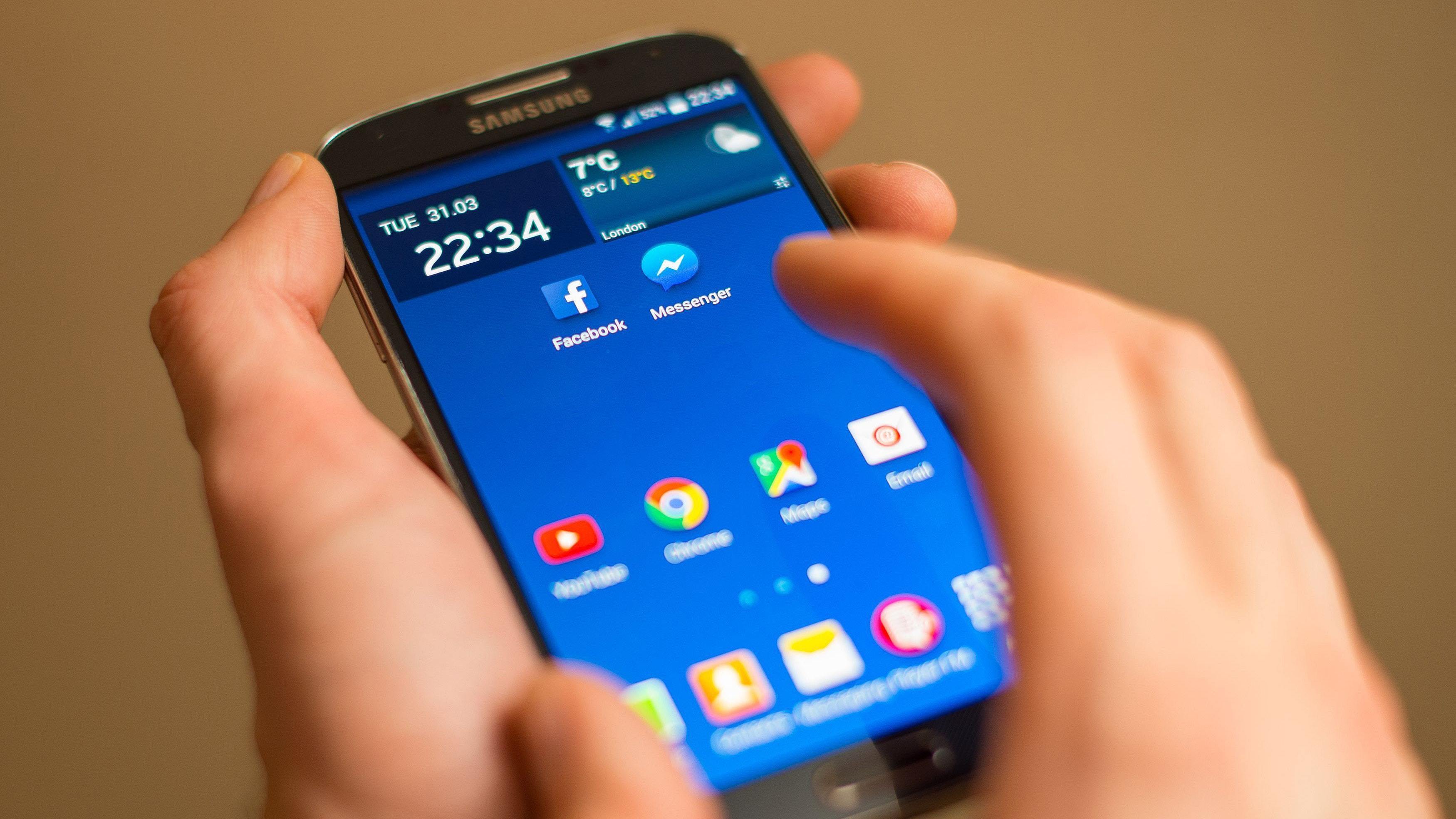
My phone is spying on me. Ever since my 27-year-old cousin told me about his pursuit of an attention deficit hyperactivity disorder (ADHD) diagnosis, my social media feeds have been flooded with posts about the condition from people I don’t follow.
They go something like: “ADHD is desperately needing a cup of coffee, taking one sip, then forgetting about it till it’s gone cold” or “ADHD is going to the shop for one thing and leaving with a bag containing everything other than what you intended to buy”. Sound familiar?
It’s unfair to blame surveillance tools for this onslaught given that awareness of ADHD is at an all-time high. Google searches for the condition have tripled in the UK since the start of the pandemic; the ADHD hashtag has 14.3 billion views on TikTok; high-profile figures such as Michael Phelps have spoken candidly about the difficulties they’ve faced as a result of their neurodivergence.
Once a condition associated solely with hyperactive boys, more people now understand that ADHD is not gender-specific and has a broader range of diagnostic criteria including forgetfulness, time blindness and difficulty in organising and decision-making. Adults – including a significant number of women – are now being diagnosed with it after spending their lives thinking these traits were character flaws rather than a form of executive dysfunction.
If you’re accustomed to being reprimanded for your perceived laziness and flakiness, it must be an almighty relief to understand why you behave the way you do; that you aren’t a failure, and there is medication to help.
Greater societal familiarity with ADHD should increase the number of diagnoses, reduce the stigma it once carried and encourage those who are neurotypical to be more thoughtful in the way they treat people who aren’t.
But isn’t there also a danger some of us could incorrectly self-diagnose as having ADHD because we’re spending too much time online in the company of armchair experts?
After I chatted with my cousin, I was sucked into the internet discourse about ADHD and found many of the colourful diagrams and bite-size explanations highly relatable. Procrastination-prone? Yep, that’s me! Forgetful? Guilty as charged! Easily distracted?
Well, I’ve already taken several breaks while writing this to search for images of monkeys hugging dogs (adorable), track down the perfect waistcoat (they’re fashionable again) and look up a school bully on Facebook to see how he’s faring (prematurely bald).
Does this mean I have a neurological disorder, or could my dwindling attention span be attributed to living in a digital age in which I never knowingly have fewer than 75 browser tabs open? Several studies have linked heavy social media use with memory impairment and loss of concentration, and I’ve definitely spent much more time on my phone and laptop throughout the pandemic.
Let’s not forget, either, that we are all collectively processing, consciously or not, the trauma of the past few years. Stress can impair our ability to sleep and concentrate, so it follows that some of us might be feeling more scatter-brained than usual.
That’s not to say ADHD is a product of the modern world – it isn’t. It was first identified in 1798 by the Scottish physician Sir Alexander Crichton, and is understood to be a condition you are born with rather than one developed. A neuroimaging study in 2017 found people with ADHD have altered brains. If you think you have it now, you’d likely be able to trace it back to your younger self.
But how many people are scrolling through reductive memes and convincing themselves they have it without understanding the full picture? As helpful as social media can be, it can equally be a cauldron of misinformation.
Perhaps it’s time to put our phones down and seek medical advice in the real world – before our coffee gets cold.
Natasha Radmehr is a journalist and commentator

Enjoy the convenience of having The Sunday Post delivered as a digital ePaper straight to your smartphone, tablet or computer.
Subscribe for only £5.49 a month and enjoy all the benefits of the printed paper as a digital replica.
Subscribe